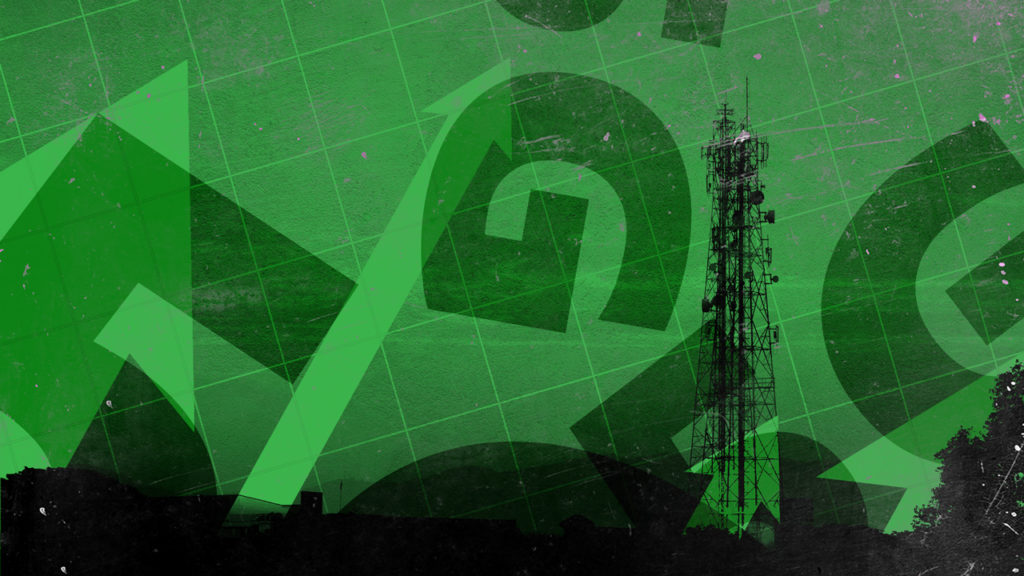Marketers know that relationships are built on meaningful connections, and 5G could help make them even faster. As a result, this emerging technology could very well change the way consumers expect media to be delivered, much like high-speed internet marked the (welcome) end of dial-up connections and that teeth-shattering modem sound.
You might have less time to plan than you think. Here are five facts you need to know in the meantime:
Look To Sporting Events For 5G Experiences
According to research by Ovum for Amdocs, consumers will likely experience 5G for the first time at stadiums. The Dallas Cowboy’s AT&T Stadium already uses the technology through its center-hung video board.
Over a third of network operators surveyed plan to own a sports team and invest in 5G during sporting events. In addition, around 63 percent of the world’s largest network operators intend to use augmented reality, virtual reality or a hybrid of them supported by 5G. Also, over 70 percent of operators say events such as the 2020 Olympics have a big impact on their 5G roll-out timelines.
5G Could Push AR/VR Further Into The Mainstream
Regardless of industry or interests, the fifth generation of wireless technology and mobile connectivity or 5G will create opportunities that didn’t exist before. One such brand opportunity, GSMA pointed out in its 2018 Mobile Trends report, is AR/VR immersion. Current technology does not allow brands to embed AR/VR ads inside a mobile ad, but 5G would allow for more ambitious campaigns without fear of slowing down a site.
Get Ready For New Creative Formats
Nearly half—47 percent—of advertisers will use new or additional creative formats via 5G, according to a recent survey by Verizon Media. A third of advertisers surveyed indicated that they are already planning for 5G, predicting that mobile video and better video streaming will have the most significant impact.
Forty-nine percent of advertisers think 5G will help to better consumer experiences and 46 percent see the technology benefit advancements in real-time, location-based targeting.
The Internet of Things (IoT) is another technology that stands to benefit from faster connection speeds. Gartner estimates over 20.4B IoT units will be installed by 2020, while IoT-related spending will reach nearly $3 trillion.
All Connected Industries Will Be Disrupted By 5G
Faster connection speeds are about more than fancy websites and ads. Analytics firm CB Insights predicts that 5G will have a massive impact on the healthcare, automotive, retail and entertainment industries, as well.
“The average autonomous car of the future could produce as much as 2 million gigabytes of data per week, and moving all of that data to the cloud or a regional server isn’t feasible today with Wi-Fi or 4G,” says CB Insights.
The healthcare industry will be able to utilize more devices such as fitness trackers, microscopic cameras and robotic surgery. Retailers will be able to use more sophisticated devices such as connected shelves, in-store analytics and allow consumers to “try on” products at a higher scale.
The Wave Of 5G Is More Like An Iceberg Than A Tsunami
If you’re not ready to launch 5G initiatives tomorrow, don’t worry. It will still probably be two or three more years before 5G becomes the norm.
As Engadget points out, it took about two to three years for 4G to reach most American cities. Even though Samsung launched the Galaxy S10 5G, the infrastructure isn’t there yet. When 5G becomes mainstream, consumers will be able to purchase reincarnations of the current devices. And your team can start having fun with the possibilities.

